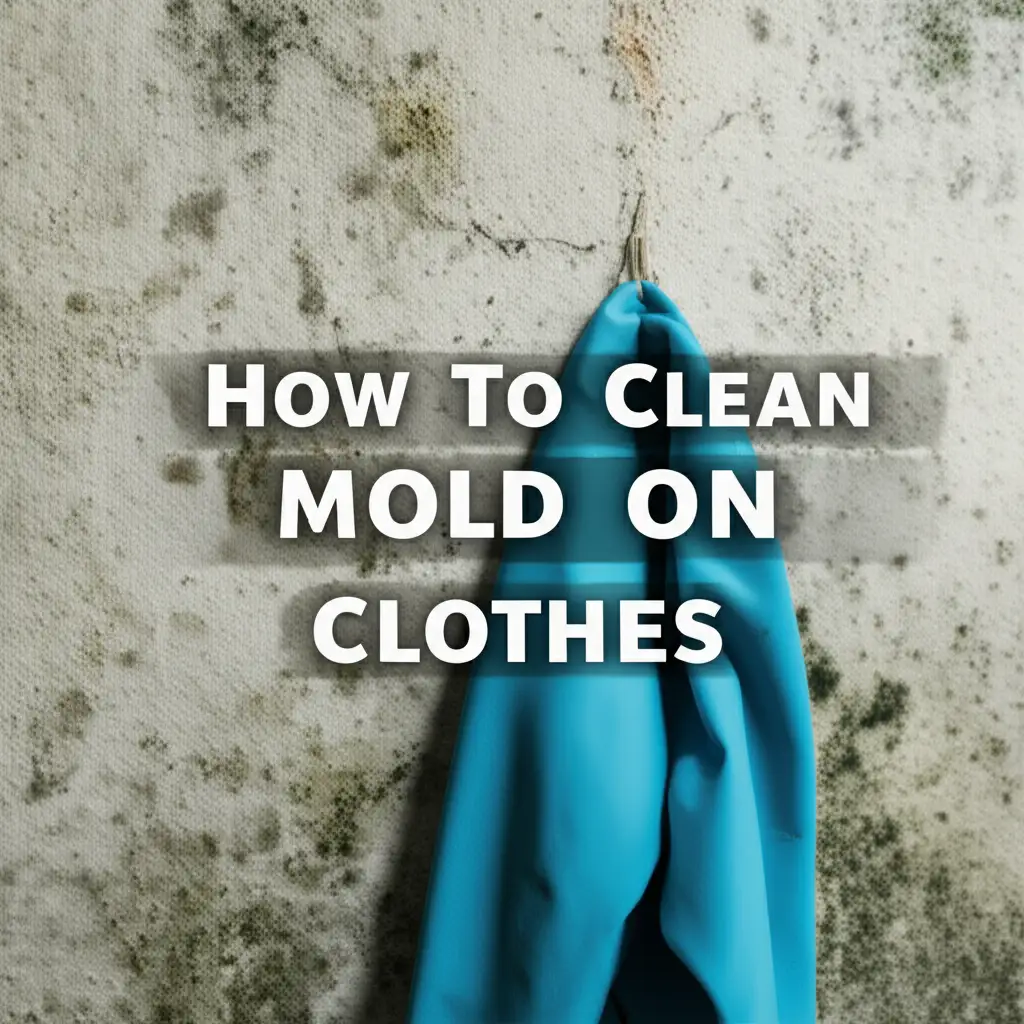· Laundry & Fabric Care · 6 min read
How To Clean Graduation Stole

How to Clean Your Graduation Stole: A Comprehensive Guide
Graduation is a huge accomplishment, and your stole is a symbol of all your hard work. It’s a keepsake you’ll want to cherish for years to come. But what happens when your beautiful graduation stole gets dirty? Don’t worry, cleaning a graduation stole doesn’t have to be stressful. This guide will walk you through everything you need to know to safely and effectively clean your stole, keeping it looking its best for years to come. We’ll cover everything from identifying the fabric to specific cleaning methods and storage tips.
Takeaway:
- Identify the Fabric: Knowing your stole’s material is crucial for choosing the right cleaning method.
- Spot Clean First: Address stains immediately with gentle methods.
- Gentle Washing: If needed, hand wash or use a delicate cycle with mild detergent.
- Proper Drying: Air dry flat to prevent damage and maintain shape.
Can I clean my graduation stole at home?
Yes, you can often clean your graduation stole at home, but it depends on the fabric. Most stoles can be gently hand-washed or machine-washed on a delicate cycle. Always check the care label first, and when in doubt, spot test a hidden area.
Understanding Your Graduation Stole Fabric
Before you start cleaning, it’s vital to know what your stole is made of. Graduation stoles come in various materials, each requiring a different approach. Common fabrics include satin, velvet, acetate, and sometimes even wool. The care label, usually found on the inside of the stole, will provide the most accurate information. If the label is missing, try to determine the fabric by its texture and appearance.
Satin feels smooth and has a glossy sheen. Velvet is soft and plush with a distinctive nap. Acetate is a synthetic fabric that drapes well but can be sensitive to heat. Wool is a natural fiber that requires special care to avoid shrinking or damage. Knowing your fabric will prevent accidental damage during the cleaning process. For example, you wouldn’t use the same method for a delicate velvet stole as you would for a durable satin one.
Spot Cleaning: Addressing Fresh Stains
Fresh stains are much easier to remove than set-in ones. Act quickly to address any spills or marks on your stole. Start by gently blotting the stain with a clean, white cloth. Avoid rubbing, as this can spread the stain and damage the fabric.
For most stains, a mixture of cool water and a mild detergent works well. Apply the solution to the cloth, not directly to the stole, and gently blot the stain. Work from the outside of the stain inward to prevent it from spreading. Once the stain is lifted, rinse the area with a clean, damp cloth to remove any detergent residue. If the stain persists, consider taking your stole to a professional cleaner. You can also find more information on stain removal at https://beacleaner.com/how-to-get-gravy-stains-from-carpet/.
Hand Washing Your Graduation Stole
Hand washing is the safest method for cleaning most graduation stoles, especially those made of delicate fabrics like velvet or acetate. Fill a clean basin or sink with cool water and add a small amount of mild detergent. Gently submerge the stole in the water and swirl it around to loosen any dirt or grime.
Avoid harsh scrubbing or twisting, as this can damage the fabric. Let the stole soak for 10-15 minutes, then gently rinse it with cool, clean water until all the detergent is removed. To remove excess water, gently press the stole between two clean towels. Do not wring it out, as this can distort its shape.
Machine Washing: A Gentle Approach
If your stole’s care label allows, you can machine wash it on a delicate cycle. Place the stole in a mesh laundry bag to protect it from snagging or damage. Use cool water and a mild detergent, and avoid using bleach or fabric softener.
These products can damage the fabric and cause discoloration. Once the washing cycle is complete, gently remove the stole from the laundry bag and press out any excess water. Remember, machine washing is not suitable for all fabrics, so always check the care label first. If you’re unsure, hand washing is always the safer option. You might also find helpful tips on washing delicate items at https://beacleaner.com/how-to-clean-luxury-vinyl-plank-flooring/.
Drying Your Graduation Stole Properly
Proper drying is just as important as proper washing. Never put your graduation stole in the dryer, as the heat can shrink or damage the fabric. Instead, lay the stole flat on a clean, dry towel and gently reshape it to its original form.
Avoid hanging the stole, as this can stretch it out of shape. Allow the stole to air dry completely, which may take several hours or even overnight. Once dry, you can gently iron the stole on a low setting if needed. Always use a pressing cloth to protect the fabric from direct heat.
Dealing with Stubborn Stains & Professional Cleaning
Sometimes, despite your best efforts, stubborn stains remain. For these situations, consider taking your stole to a professional dry cleaner. They have the expertise and equipment to safely remove difficult stains without damaging the fabric.
When choosing a dry cleaner, look for one that specializes in delicate fabrics or academic regalia. Be sure to point out the stain to the cleaner and let them know the fabric type. Professional cleaning can be a worthwhile investment to preserve your stole for years to come. If you’re dealing with a particularly tricky stain, you might also find helpful advice at https://beacleaner.com/how-to-remove-baking-soda-residue-from-carpet/.
FAQ: Common Questions About Cleaning Graduation Stoles
Q: Can I use bleach on my graduation stole? A: No, never use bleach on your graduation stole. Bleach can damage the fabric and cause discoloration. Always opt for mild detergent and cool water.
Q: What if my stole is heavily soiled? A: If your stole is heavily soiled, it’s best to take it to a professional dry cleaner. They have the expertise to handle difficult cleaning situations.
Q: How often should I clean my graduation stole? A: Clean your stole only when necessary. If it’s just dusty, you can gently brush it off with a soft cloth. Avoid frequent washing, as this can wear down the fabric.
Q: Can I iron my graduation stole? A: Yes, you can iron your stole on a low setting, but always use a pressing cloth to protect the fabric.
Conclusion: Preserving Your Academic Achievement
Cleaning your graduation stole is a simple process that can help preserve this important symbol of your accomplishment. By understanding the fabric, using gentle cleaning methods, and drying it properly, you can keep your stole looking its best for years to come. Remember to always check the care label and when in doubt, seek professional help. Your graduation stole represents a significant milestone, and taking care of it ensures you can cherish the memories associated with it for a lifetime. Don’t let a little dirt diminish the pride you feel – keep your stole clean and display it with honor! For more cleaning tips and tricks, visit https://www.beacleaner.com/.
- graduation stole cleaning
- stole care
- academic regalia




